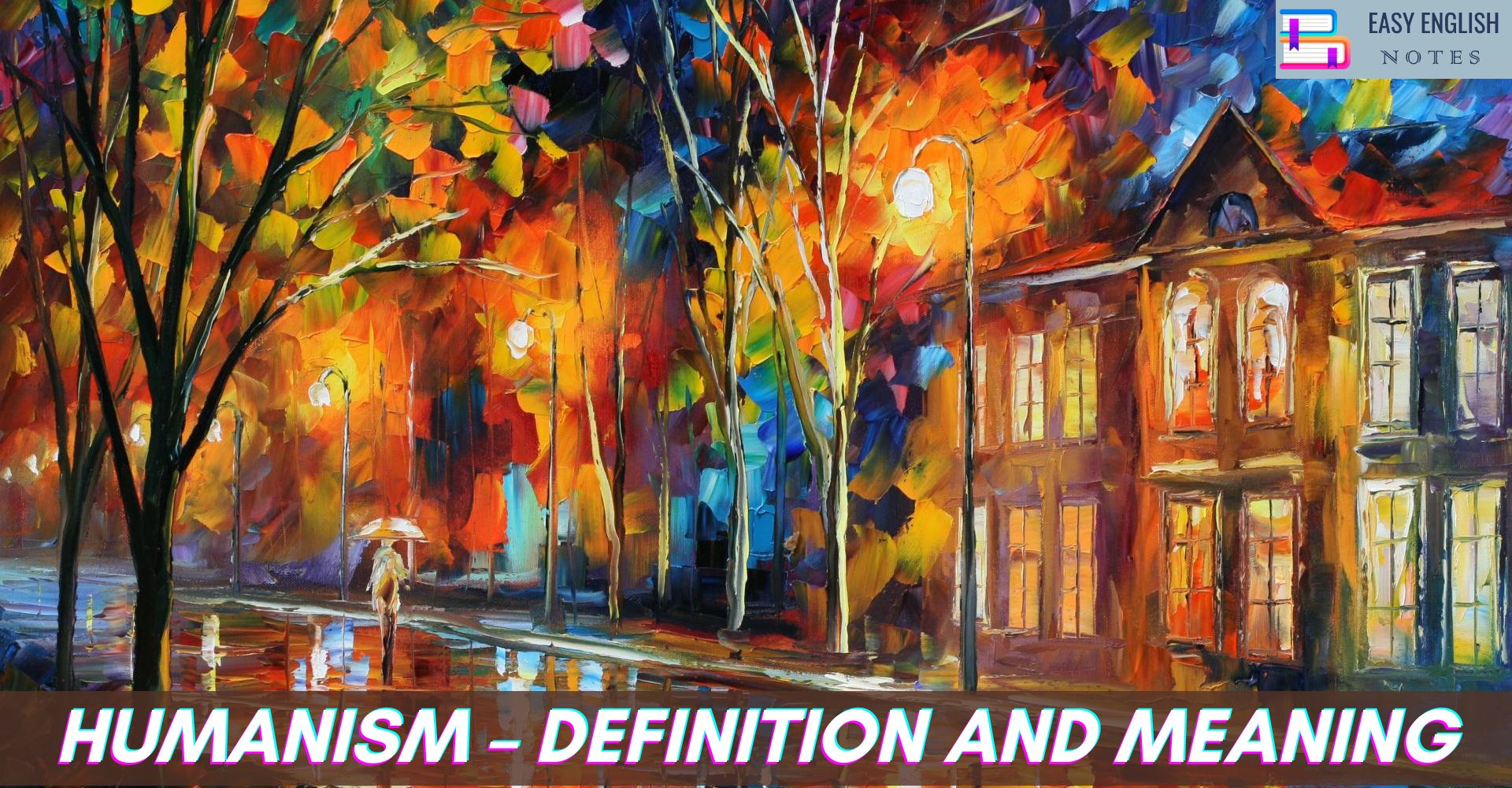The theory and practice of emphasizing the subjective impression a writer or character has of reality, rather than attempting to re-create reality objectively. The term was originally applied to the work of a group of nineteenth century French painters, including Claude Monet, Edouard Manet. Edgar Degas, and Jean Renoir, whose paintings are studies in the relationship between subjective perception and reality. Monet, for example, was particularly interested in the effect of changing light on the impression a viewer has of a scene. In literature, the term impressionism has been applied to the technique used by modern novelists such as James Joyce, Virginia Woolf. Dorothy Richardson, and John Dos Passos, of focusing on the inner life of the main character and on the impression that character has of reality. The term is even more aptly applied to the subjective description found in the poetry of the French and English Symbolists and the American imagists. Oscar Wilde’s impressionistic description of a harbor reduces the real scene to a “Symphony in Yellow”:
Also Read :
- Compare Hamlet with Macbeth, Othello and other Tragedies
- “The Pardoner’s Tale” is the finest tale of Chaucer
- Prologue to Canterbury Tales – (Short Ques & Ans)
Big barges full of yellow hay
Are moored against the shadowy wharf,
And, like a yellow silken scarf,
The thick fog hangs along the quay.
See Stream of Consciousness:
A type of literary criticism that centers on the personal sensitivities of the critic, “a sensitive soul among masterpieces”, who attempts to communicate how he or she is affected by a work of art. The English critic, essayist, and novelist Walter Pater has said that “the function of the aesthetic critic is to distinguish, analyse, and separate from its adjuncts, the virtue by which a picture, a landscape, a fair personality in life or in a book, produces this special impression of beauty or pleasure, to indicate what the source of that impression is and under what conditions it is experienced”.
PLEASE HELP ME TO REACH 1000 SUBSCRIBER ON MY COOKING YT CHANNEL (CLICK HERE)











